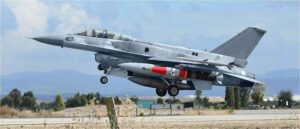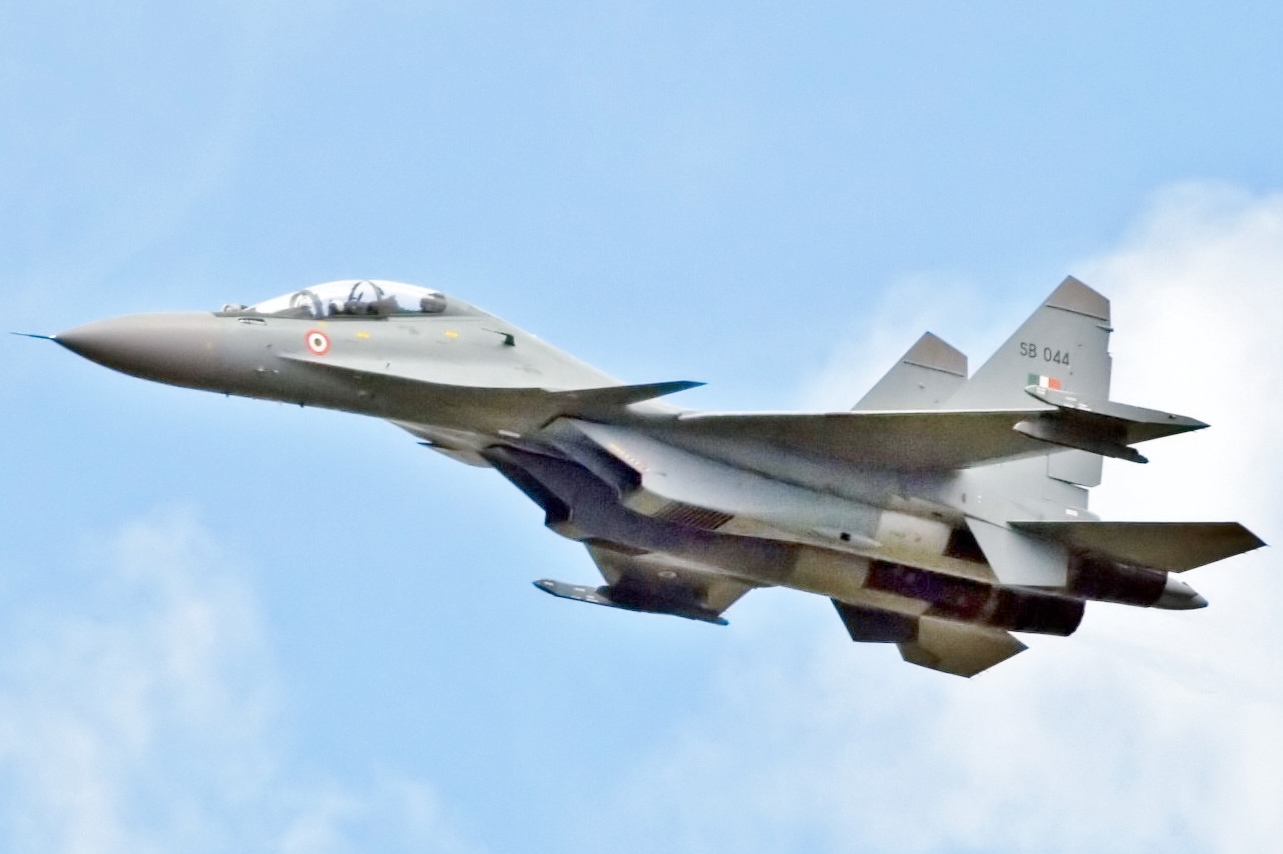India’s Crystal Maze-II Missile: A Game Changer in Air-Launched Ballistic Missiles
The Crystal Maze-II, an air-launched ballistic missile (ALBM) of Israeli origin, has been tested by India. If necessary, the Indian Air Force (IAF) will not have to cross the border to hit targets like Balakot thanks to the extended range ALBM because it can cover all of North Pakistan.
The latest version of the medium-range ballistic missile produced by Israeli Rafael in the Andamans and Nicobar was successfully tested by the Russian-origin Sukhoi Su-30MKI, according to an announcement by the Indian Defense Ministry on April 23. The missile called Rocks, also known as Crystal Maze II, has a range of almost 250 kilometres.
The IAF plans to produce these missiles using Israeli technology as part of the Made in India campaign. The continuing conflict between Russia and Ukraine has brought attention to the significance of ALBMs. ALBMs have been dropped by Russian fighter aircraft from well inside its borders, beyond the reach of Ukrainian air defence systems.
The ALBMs aim to hit valuable stationary and mobile targets in areas where GPS reception is restricted, such as the one India encountered in the Kargil conflict.
India requested Global Positioning System (GPS) data for the Kargil region from the US after Pakistani soldiers penetrated the area. India requested information from the US government’s space-based navigation system, but the US refused her request. The obstacle would have been surmountable for Crystal Maze II.
India’s Strategic Forces Command (SFC) conducted the Crystal Maze II test. With the missile, India may strike targets well inside the enemy’s country without crossing the border.
In February 2019, the Indian Air Force conducted an airstrike on Balakot. To target terrorist infrastructure in Balakot, Pakistan, which is 50 kilometres from the Line of Control and 81 kilometres from Uri in Jammu and Kashmir, IAF jets crossed the Line of Control (LoC) during that operation.

The IAF can strike Balakot or other targets with the Crystal Maze-II without crossing the border, increasing strategic flexibility.
Various aircraft, such as fighter planes, bombers, and other types, can launch ALBMs. This flexibility makes this adaptability to changing circumstances and quick deployment possible. Due to their lack of fixed launch sites, ALBMs are more difficult for opponents to anticipate and counter than ground-based missiles.
Because ALBMs can be launched from great heights, they can elude missile interception systems and adversary air defences. ALBMs approach targets from unexpected angles to increase the chance of a successful strike.
Compared to ground-fired missiles, ALBMs have shorter flight durations because they are launched from the air. This shortened warning period makes it difficult for enemies to respond effectively. ALBMs can be used stealthily to surprise adversaries. Unexpected launches have the potential to confuse and interfere with an adversary’s military operations.
It’s interesting to note that the IAF was unable to launch any of the six Israeli air-to-surface missiles, known as the Crystal Maze-1 from the Mirage 2000, against Pakistan during the Balakot strikes according to established protocol.
The firing of the Crystal Maze-1 missiles in tandem with the SPICE-2000 bombs would have allowed for the live broadcast of the bombs striking their targets.
Crystal Maze-II and other ALBMs act as a deterrent to aggressiveness. They boost India’s defence capabilities by adding another level of response choices. However, they provide specific difficulties in coordinating safety procedures and aircraft modifications.
Crystal Maze II
Rafael Advanced Defense Systems, an Israeli defence company, created the precision-guided air-to-surface missile (ASM). It is well known for its precision and potency when hitting land and sea targets.
Advanced guidance systems, such as inertial, imaging infrared, or TV guidance, are fitted to the missiles, ensuring remarkable accuracy even at long ranges.
These missiles can be fired from various platforms, such as aircraft and submarines, and frequently carry highly powerful warheads. Because of their versatility may be used for a wide range of tasks, such as hitting enemy military sites and naval ships.
India’s dominant area, the Indian Ocean Region (IOR), would benefit significantly from the missiles.
Depending on the missile model, the operator can use an image infrared seeker or a television to directly control the missile with an INS (Inertial Navigation System) and a data link to accomplish exact terminal homing.
Crucially, missile control can be passed to another platform while the launching aircraft safely evacuates the area, negating the necessity for the launching aircraft to maintain control of the rocket.
Two types of warheads are available for export: a 360 kg (790 lb) penetrator or a 340 kg (750 lb) blast/fragmentation warhead. Together, these guiding systems guarantee that the missile hits its target strictly.
